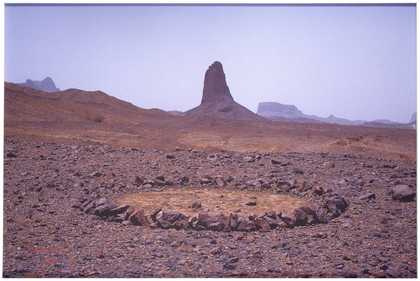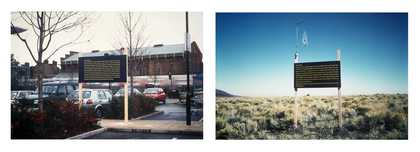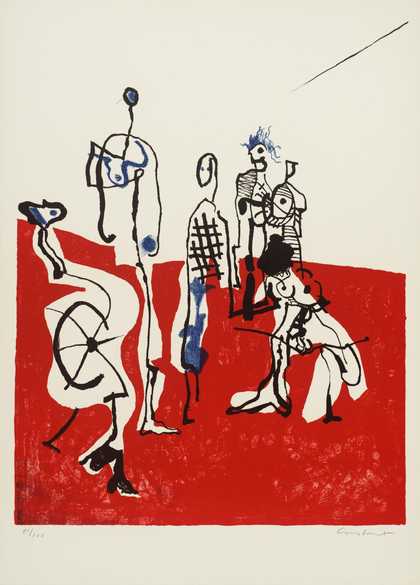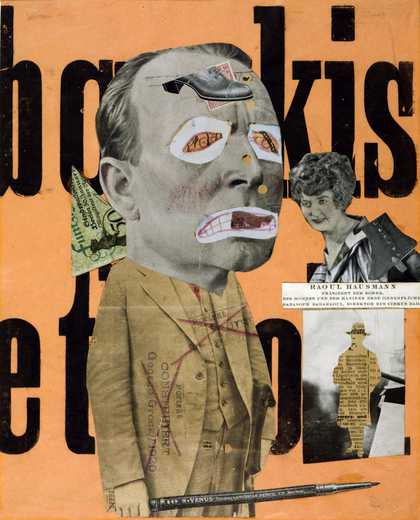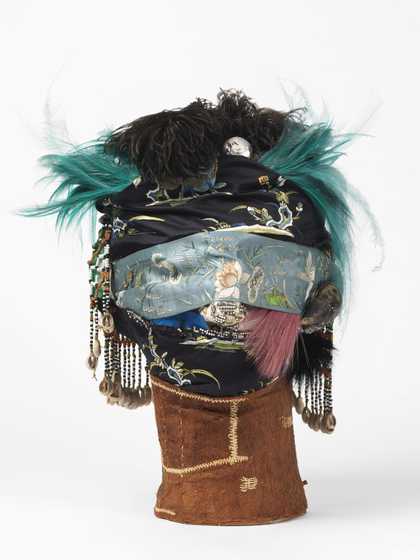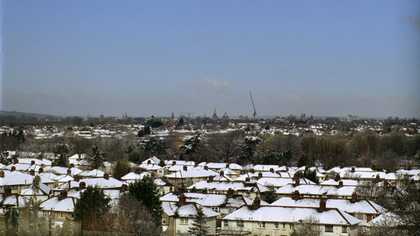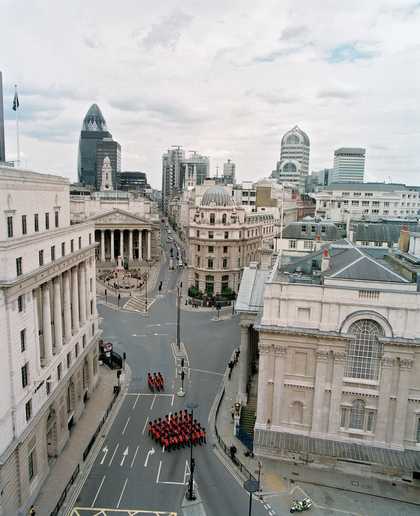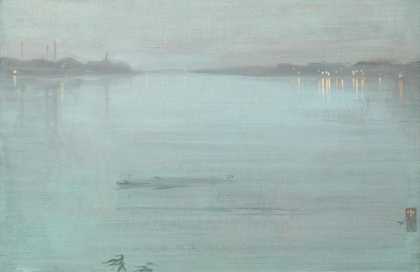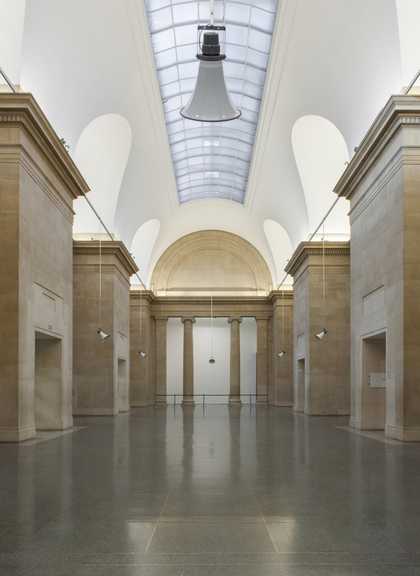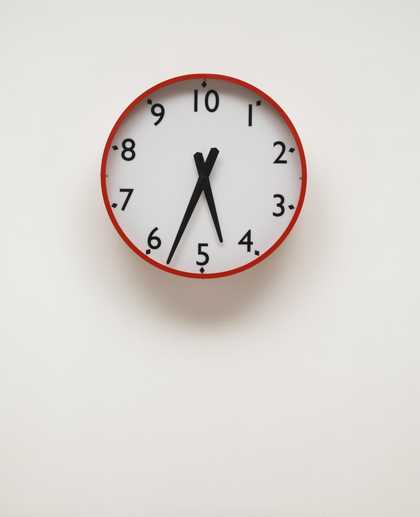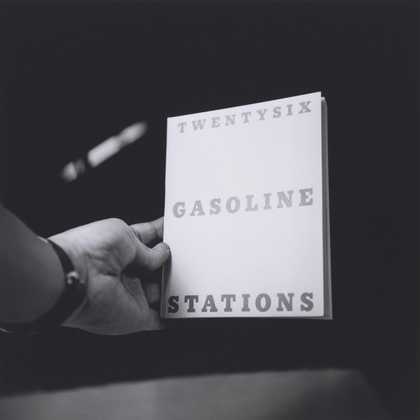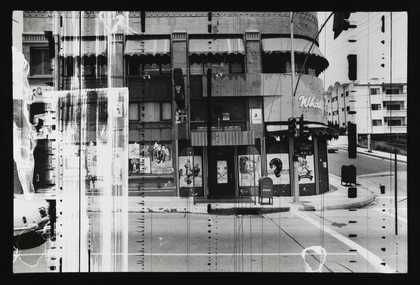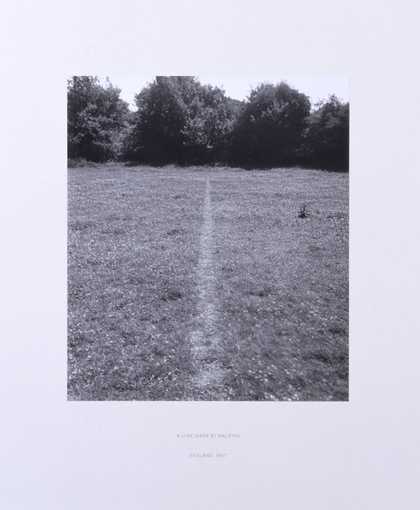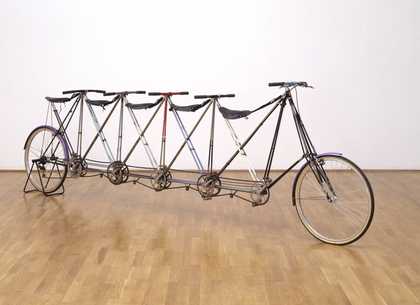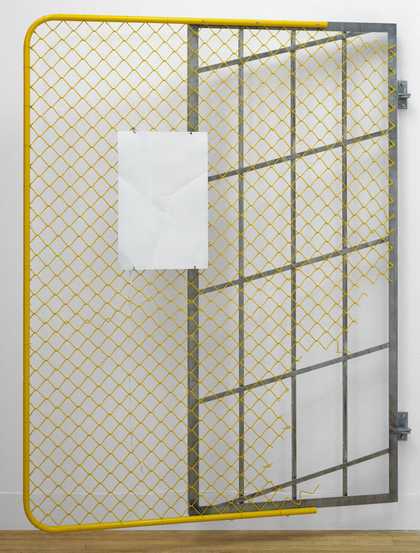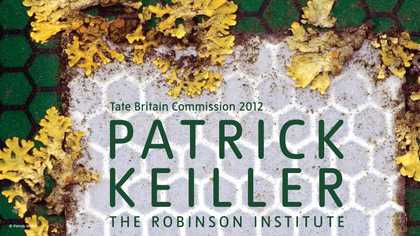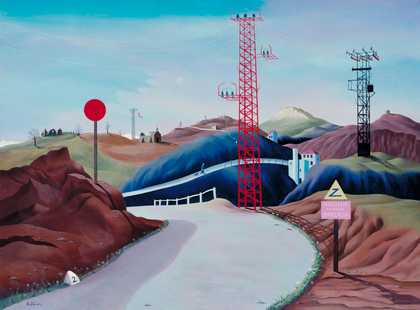
Tristram Hillier
La Route des Alpes (1937)
Tate
How do different places make us feel and behave? The term psychogeography was invented by the Marxist theorist Guy Debord in 1955 in order to explore this. Inspired by the French nineteenth century poet and writer Charles Baudelaire’s concept of the flâneur – an urban wanderer – Debord suggested playful and inventive ways of navigating the urban environment in order to examine its architecture and spaces.
As a founding member of the avant-garde movement Situationist International, an international movement of artists, writers and poets who aimed to break down the barriers between culture and everyday life, Debord wanted a revolutionary approach to architecture that was less functional and more open to exploration.
The reimagining of the city proposed by psychogeography has its roots in dadaism and surrealism, art movements which explored ways of unleashing the subconscious imagination. Tristam Hillier’s paintings such as La Route des Alpes 1937 could be described as an early example of the concept.
Psychogeography gained popularity in the 1990s when artists, writers and filmmakers such as Iain Sinclair and Patrick Keiller began using the idea to create works based on exploring locations by walking.

